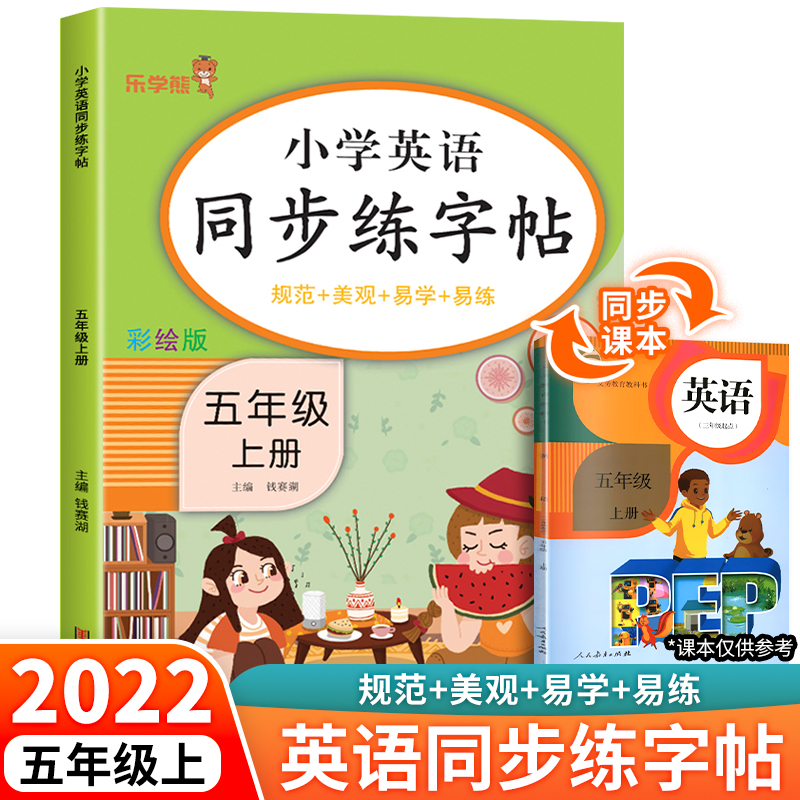Title: 初中英语补习学什么教材:全面解析与实践指南

Introduction:
In the competitive world of education, the importance of mastering a subject cannot be overstated. This applies equally to language learning as it does for other subjects. English, especially in its nascent stages like middle school, is a foundational language that not only helps students communicate with peers and teachers but also paves the way for future academic and professional successes. Therefore, choosing the right textbook can make a significant difference in one's learning journey. In this article, we will delve into the various aspects of selecting textbooks for middle school English classes, including their content, structure, format, and relevance to real-life scenarios. By understanding these factors, students can make informed decisions about which books to choose, ultimately enhancing their English proficiency. Content:1.The Importance of Content: - Authentic Textbooks: These textbooks are based on authentic texts from various genres, such as stories, poems, and essays, ensuring that students encounter a wide range of vocabulary, sentence structures, and expressions. - Comprehensive Vocabulary Development: They cover essential words and phrases that are commonly used in everyday life and in different contexts. - Grammar Teaching: They incorporate grammar concepts that are essential for constructing sentences and communicating effectively. - Reading Comprehension: They challenge students with passages from classic literature and modern texts, helping them develop analytical skills. - Writing Experience: They encourage students to practice writing through assignments that require them to use new vocabulary and express complex ideas.
2.The Structure of Textbooks: - Chunked Learning: They divide large texts into manageable segments called "chunks," making it easier for students to understand and retain information. - Progressive Difficulty: They gradually increase the complexity of texts, starting with simpler materials before moving on to more challenging ones. - Cooperative Learning: Some textbooks include interactive activities that require class participation, fostering collaborative learning among students.
3.The Format of Textbooks: - Print vs. Online: They come in both printed and digital versions, catering to students who prefer physical copies or those who prefer online access. - Interactive Features: Some textbooks have features such as audio recordings, animations, and quizzes that enhance learning experiences. - Multimedia: They may incorporate videos, images, and sound files to make learning more engaging and memorable.
4.Relevance to Real-Life Scenarios: - Application of Language: Many textbooks focus on using English in real-life situations, allowing students to apply what they learn outside of class. - Cultural Context: They introduce texts from diverse cultures and provide explanations to help students understand the nuances of different ways of speaking. - Social Skills: They teach students how to navigate social interactions in English-speaking environments, improving their ability to communicate effectively in various settings.
5.Examples of Recognized Textbooks: - Cambridge University Press's FCE Advanced - This textbook is widely recognized for its high standard of quality and comprehensive coverage of advanced English proficiency levels. - Oxford University Press's ODE - This series focuses on developing students' ability to read and write in an academic setting, with an emphasis on critical thinking and analytical skills. - Pearson's Primary English - Aimed at younger students, this series provides a balanced approach to teaching reading comprehension, vocabulary building, and grammar instruction.
6.Conclusion: Choosing the right English textbook can make a significant difference in a student's learning experience. It should reflect the curriculum guidelines, align with the learning objectives, and cater to the needs of the target audience. By considering the content, structure, format, and relevance to real-life scenarios of textbooks, students can make informed decisions that enhance their English proficiency. As they progress through their middle school years, staying updated with the latest trends and best practices in education will undoubtedly benefit them long after they leave the classroom.

Key Points:
1.Choose textbooks that are based on authentic materials and cover a wide range of content areas to ensure effective language development.
2.Understand how textbooks are structured to facilitate easy understanding and retention of information.
3.Check if the textbooks offer interactive features and multimedia resources to make learning more engaging.
4.Ensure that the textbooks are relevant to real-life situations to enhance application of language in various contexts.
5.Choose reputable publishers and models that align with the educational standards and goals set by the respective institutions. This article provides a comprehensive overview of the key aspects of choosing textbooks for middle school English classes, emphasizing their relevance to the curriculum and the potential impact on students' English proficiency.
未经允许不得转载:» 初中英语补习学什么教材

 家长点评网
家长点评网











